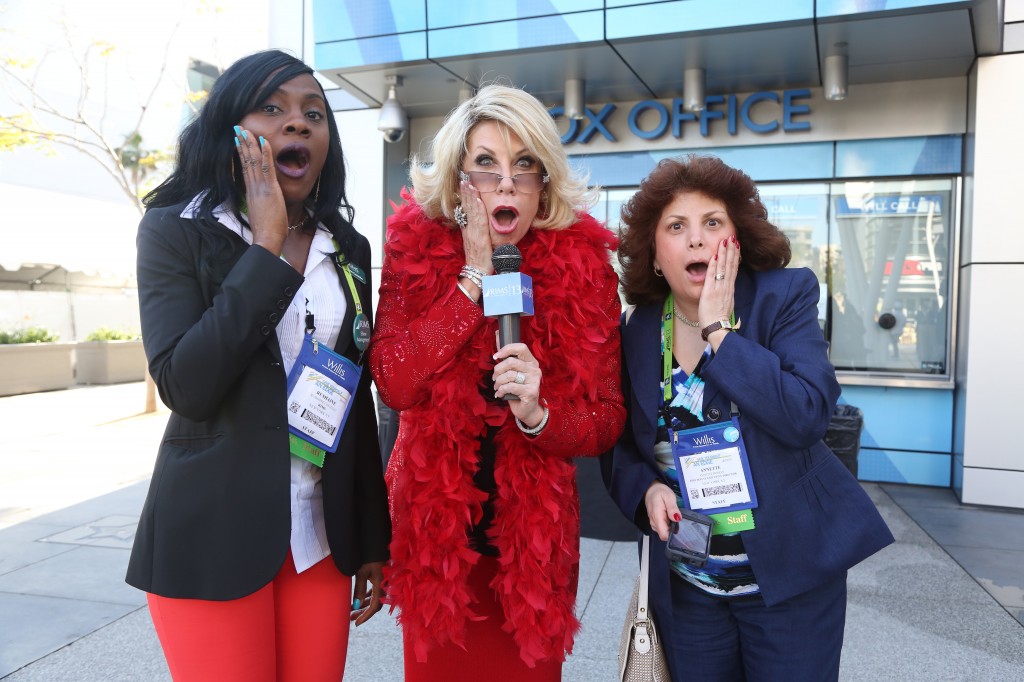
The Risk & Insurance Management Society has announced the formation of two new chapters — RIMS Peru and RIMS Australasia. These mark the 81st and 82nd chapters of the Society. The announcement was made today at the RIMS 2013 Annual Conference & Exhibition in Los Angeles.
RIMS now has more than 11,000 members, operating in over 60 countries. The Society’s 82Chapters are located in the United States (68), Canada (10), Japan, Mexico, Australia and Peru. In addition to having chapters in these countries, in the past year, RIMS has actively participated in conferences and hosted professional development workshops in Dubai, Panama, Tokyo, Mexico City, Venezuela, Bermuda, as well as several cities in Europe.
“Most companies today have some level of foreign exposure requiring risk professionals to think globally when analyzing threats and opportunities,” said RIMS President John Phelps. “While risk programs differ from organization to organization, expanding RIMS’ global presence with new chapters in these two countries makes it even easier for the Society to share its wealth of resources and knowledge while helping to establish a more uniformed approach to risk management.”
Eamonn Cunningham, president of RIMS Australasia Chapter said, “I have been a member of RIMS for more than 13 years and have benefited from its resources and participated in its conferences for even longer. I’m thrilled to be able to bring these invaluable opportunities to the Australasia region’s community of risk and insurance professionals.”
David Saettone, president of RIMS Peru Chapter, said, “With the fifth largest population in all of the Americas and one of the largest business districts in South America, Lima is an ideal destination for RIMS to establish its presence in South America. We’re excited to be able to provide this centralized location for local risk professionals to connect and share ideas.”
As the need for and importance of risk management continues to grow, the reach of RIMS will continue to expand.









